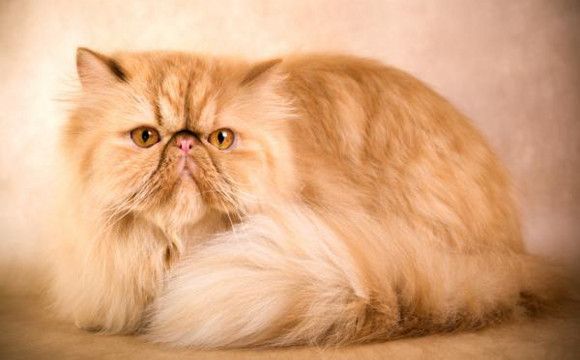History and Origins
Persian cats have captivated cat enthusiasts since their first appearance in Europe in the 1500s. Introduced by Roman and Phoenician caravans from Persia (now Iran) and Turkey, these longhaired cats quickly gained popularity. An Italian traveler, Pietro della Valle, is credited with bringing Persian cats to the European world in the 1600s, where they were described as having gray, long, silky fur. They were initially called “French cats” when brought into France and England. Over time, the Persian’s stockier build with small, rounded ears differentiated them from the Turkish Angora’s slender, tall-eared appearance.
By the early 1900s, Persians were overwhelmingly popular, especially blue Persians, partly due to Queen Victoria’s ownership. The British Governing Council of the Cat Fancy later categorized Persians, Angoras, and Russian Longhairs under “Longhairs.” In North America, however, Persians remained a single breed regardless of color. Imported in the late 1800s, Persians quickly became America’s top cat, with American breeders refining their coat, color, and conformation to develop the Persian type we see today.
Personality and Temperament
Persians are known for their placid, sweet-tempered nature. They enjoy playing but are also content lounging in regal splendor. Persians are intelligent and devoted to their owners, but they can be selective about showing affection. They crave attention but won’t demand it as some breeds do. If neglected, they will certainly express their displeasure.
Care and Grooming
Owning a Persian requires a significant time commitment due to their beautiful but high-maintenance coat. Daily grooming is essential to keep their fur in good condition and free of mats. Persians are best kept as indoor pets due to their long coat and docile temperament. Some owners clip parts of the coat, particularly around the hindquarters, to avoid the accumulation of feces.
Health Considerations
The trend toward a flatter facial type in show Persians has raised health concerns. Issues such as respiratory problems, weepy eyes, malocclusions, and birthing difficulties have been reported. For those preferring a less extreme facial arrangement, the Traditional Cat Association promotes the Traditional Persian, or Doll Face Persian, which has a sweeter expression and fewer health issues.
Color and Pattern Diversity
Persians come in a myriad of colors and patterns, each perfected through selective breeding. There are over 80 varieties, with slight differences in body and face type among them. Judges in cat shows prioritize overall balance over individual traits due to these variations.
Activity Levels and Compatibility
Persians have moderate activity levels, enjoying playtime interspersed with lounging. They do not vocalize excessively and are known for their docility. Persians are generally good with children and other pets, though they require significant grooming to maintain their health and appearance.
Conclusion
Persian cats are a beloved breed with a rich history and distinctive appearance. Their sweet, affectionate nature and regal demeanor make them excellent companions. However, potential owners should be prepared for the grooming and health care these beautiful cats require. With the right care and attention, Persians can be a delightful addition to any household.

